Shou Sugi Ban is a centuries-old Japanese practice of burning cypress planks to make them more durable. While this type of treated wood is usually used for exterior siding,it's also suitable for interior use as accent wall paneling. In this blog we’re going through some FAQs about this type of preserved wood.
What is Shou Sugi Ban?
Shou Sugi Ban is the commonly used name in North America for a traditional Japanese wood product. It consists of Japanese cypress planks that are subjected to a hot, fast burn with an open flame. Traditionally three planks are stacked against each other to make a triangular chimney. The fire starts at the base of the chimney before traveling up to the top, which results in an even burn. The planks are then quenched with water to stop the burning, and quickly affixed to the exterior of structures. It has a distinctive, black alligator-skin pattern. There are also brushed variants that remove the loose char, which reveals a raised texture and color contrast between the hard grain and soft grain.
This practice has been in use for at least four hundred years. Burning the cypress wood in this way results in dramatically improved rot and insect resistance. It also results in fire resistance. Traditional Shou Sugi Ban siding lasts for an average of eighty years with no maintenance.
The term “Shou Sugi Ban” is actually a mistranslation of the original Japanese word for this product, yakisugi. The new term became popular in North America, but it is not used in Japan.
Why does Shou Sugi Ban work?
If burning wood to make it rot, insect, and fire resistant sounds strange to you, you’re not alone. How does damaging the wood make it stronger? At the structural level, softwoods like cedar contain carbohydrates (sugars) and lignin, the rigid substance that fills out wood cell walls. Essentially, with Shou Sugi Ban, the carbohydrate portions of the wood are burned away, leaving the more rigid material lignin behind. Without the carbohydrates, fungi and wood-eating insects don’t have anything to eat.
Burning away the carbohydrates means that if the wood is exposed to fire again, there’s less fuel for the fire to consume. It also raises the temperature threshold at which the treated wood will burn.
Does Shou Sugi Ban work on pine or other species?
The short answer is no. Cedar and cypress are related trees that have unique properties that help them respond favorably to a hot, fast surface burn. Accoya, a chemically treated form of pine, also burns well. In Europe, Siberian larch is occasionally used for Shou Sugi Ban. Other species will turn into a splinter-y mess and won’t give you the beautiful texture you’re looking for.
Shou sugi ban vs Yakisugi: what word is correct?
As we mentioned above, the term “Shou Sugi Ban” is the name used in North America for this product. It’s actually a mistranslation of the original Japanese term for this product, “yakisugi”. If you say "Shou Sugi Ban" in Japan, no one will know what you're talking about!
So there are some of the most common Shou Sugi Ban questions, answered. If you want to know more about this process, let us know in the comments!






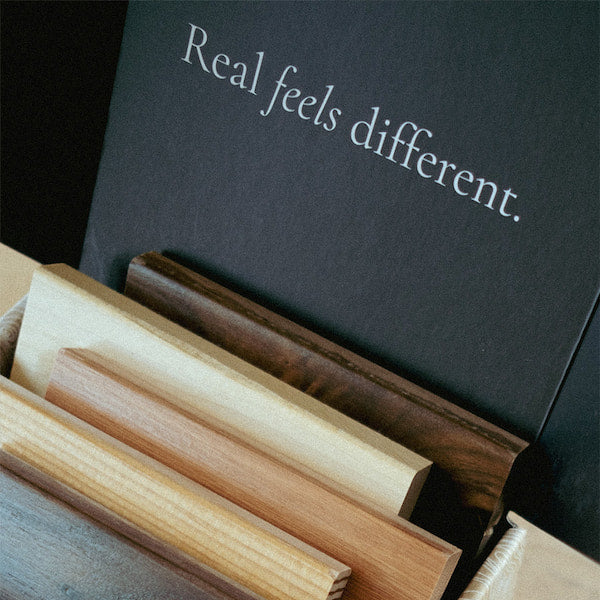
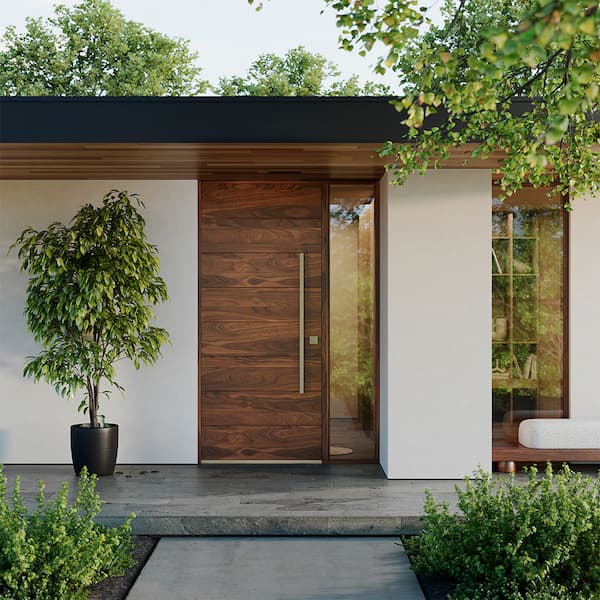


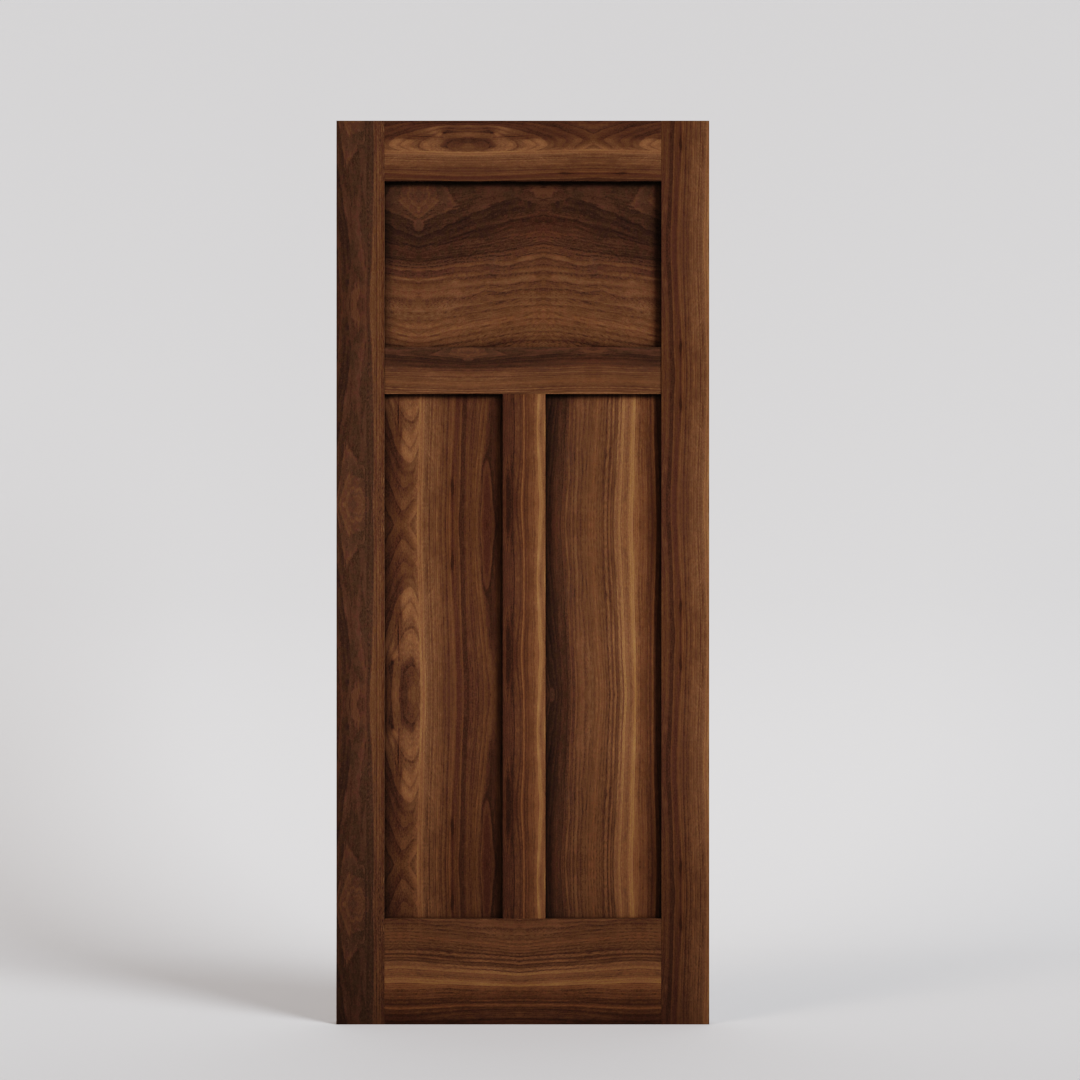
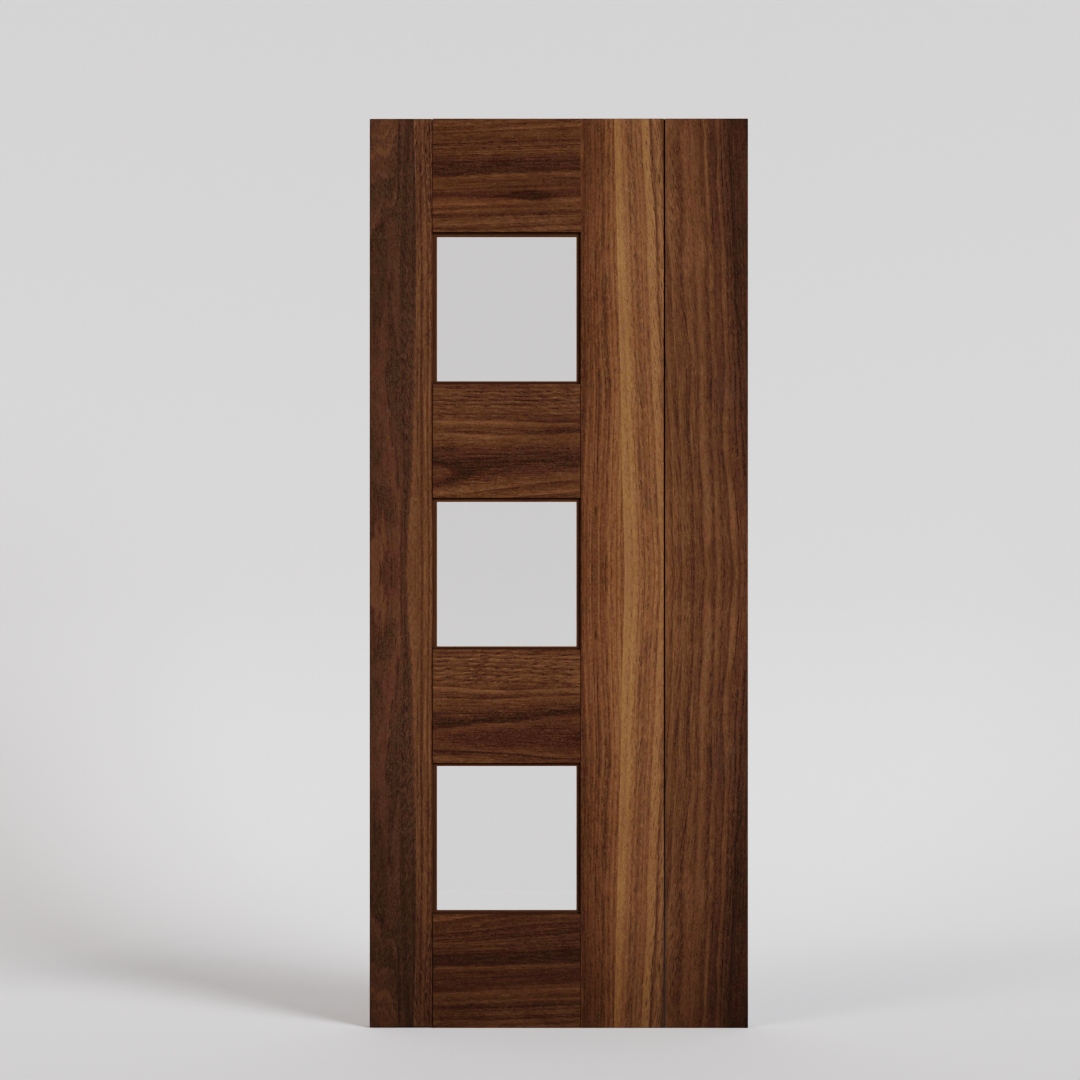
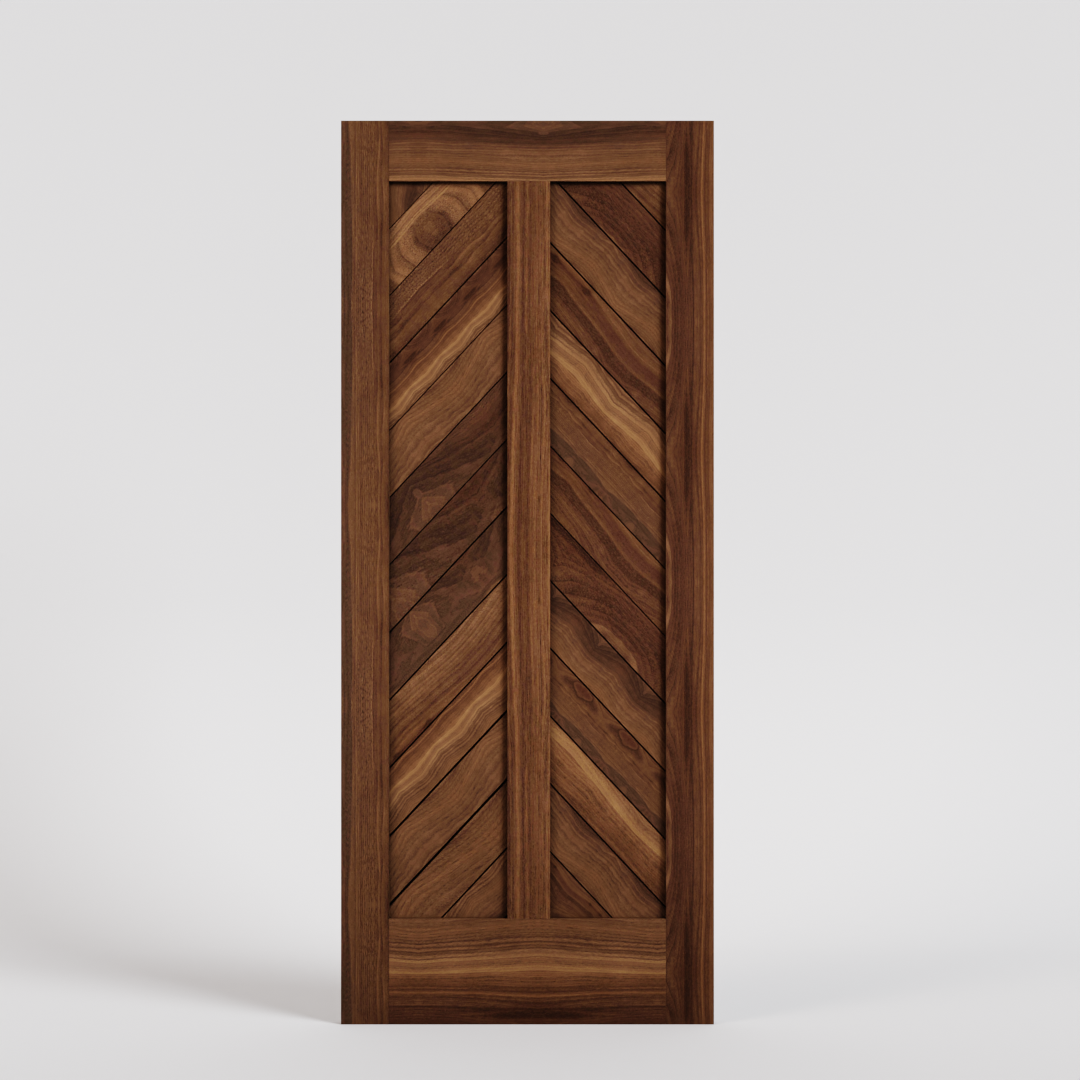
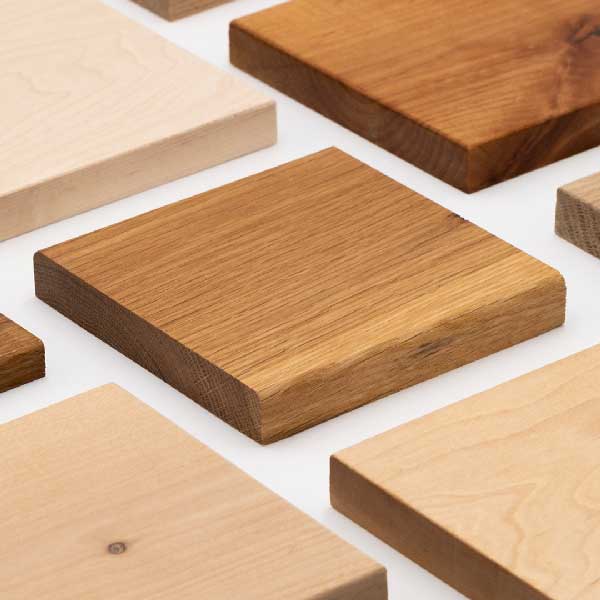

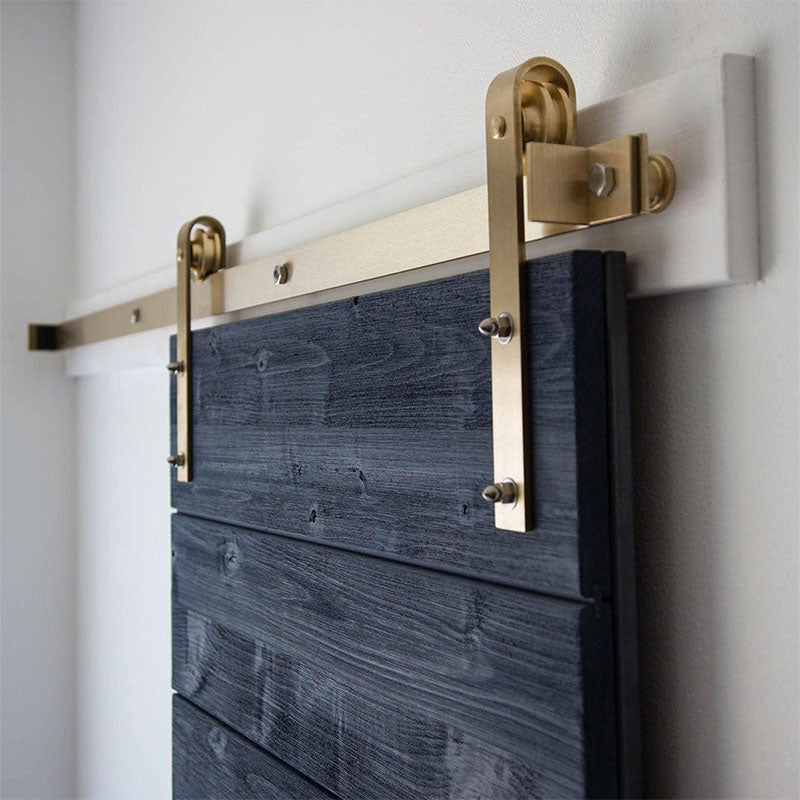
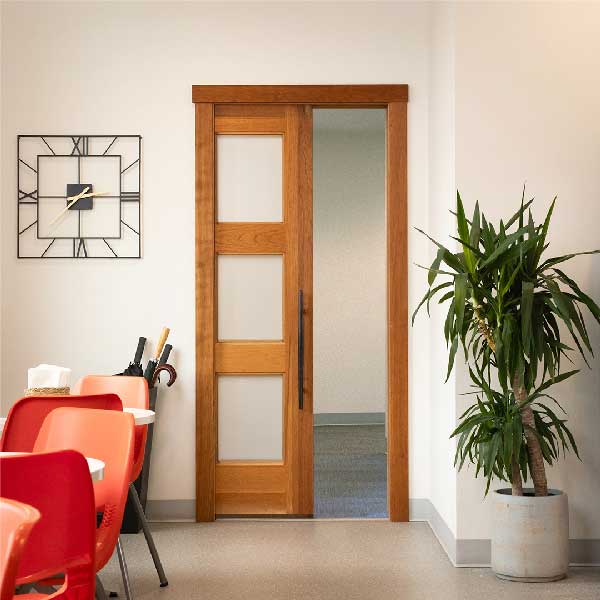
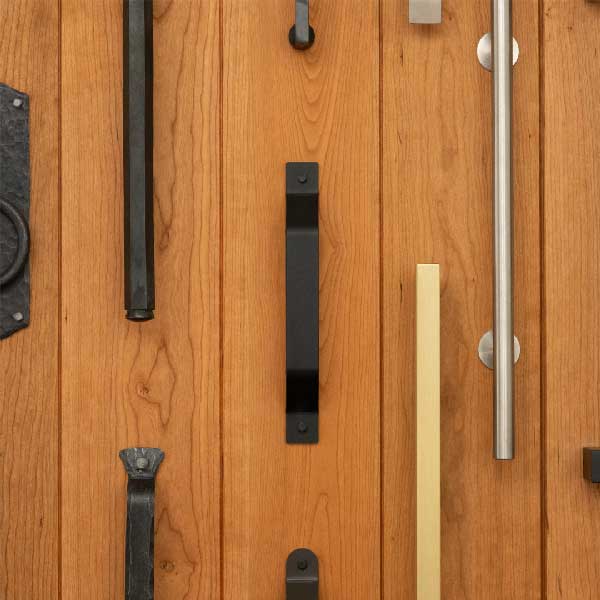
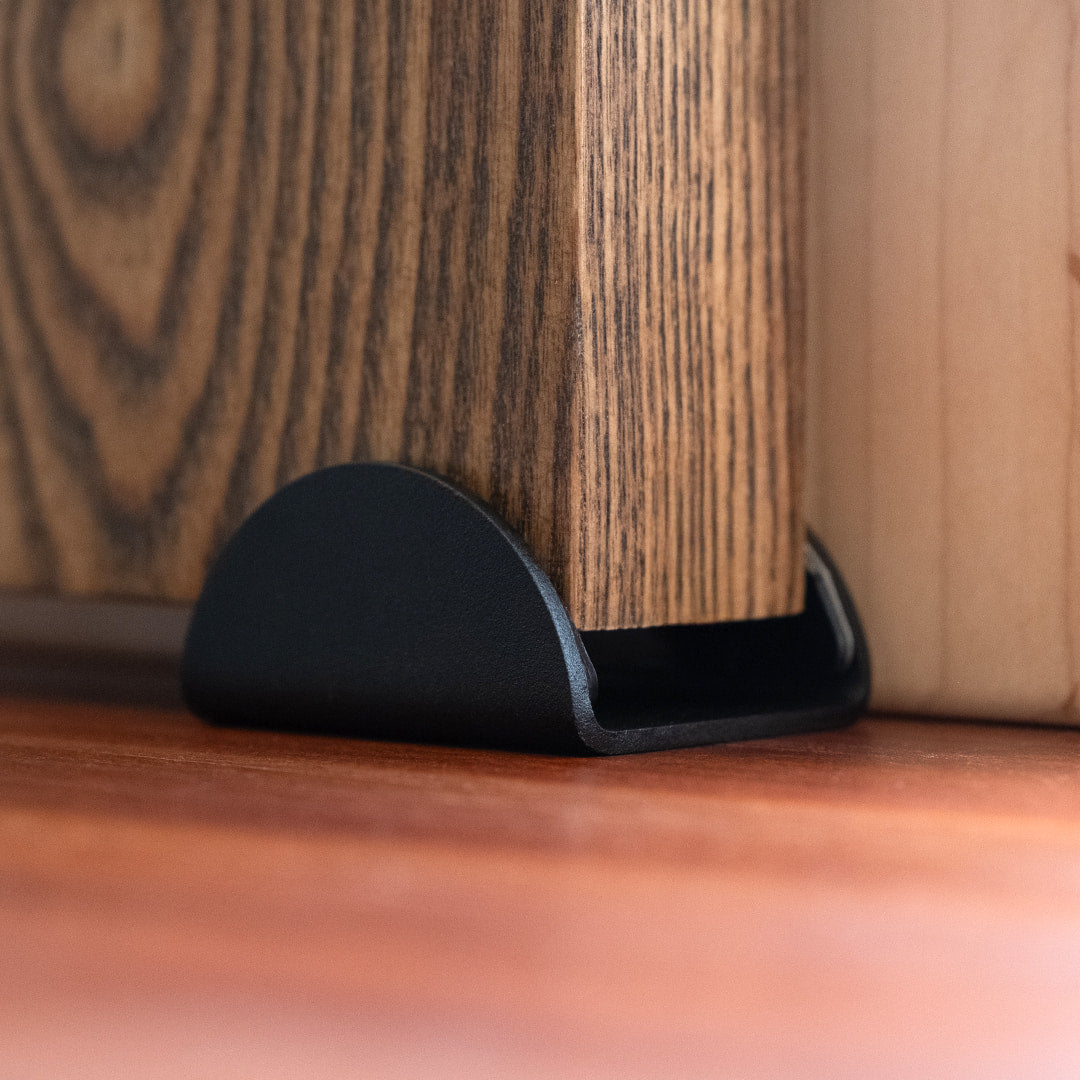
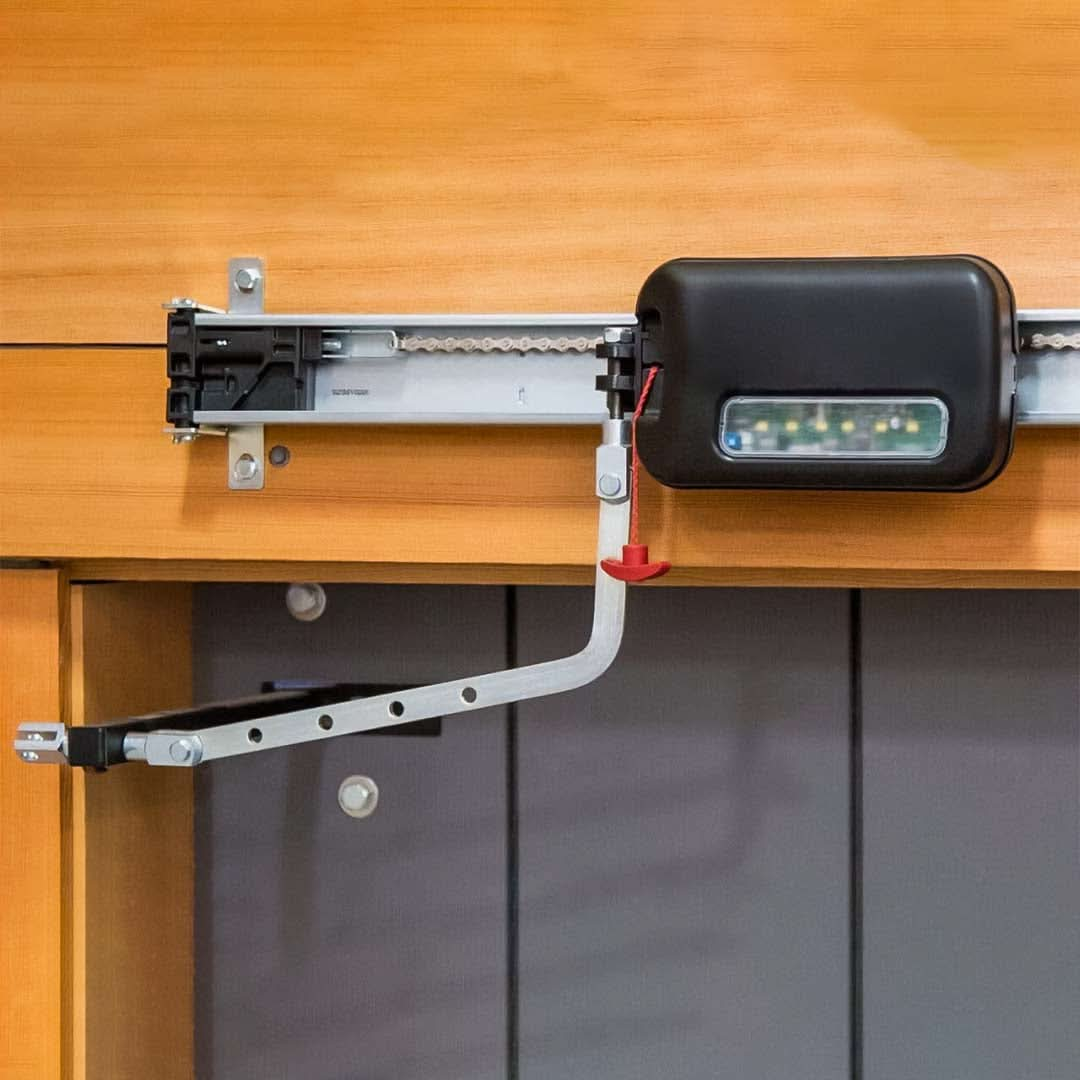


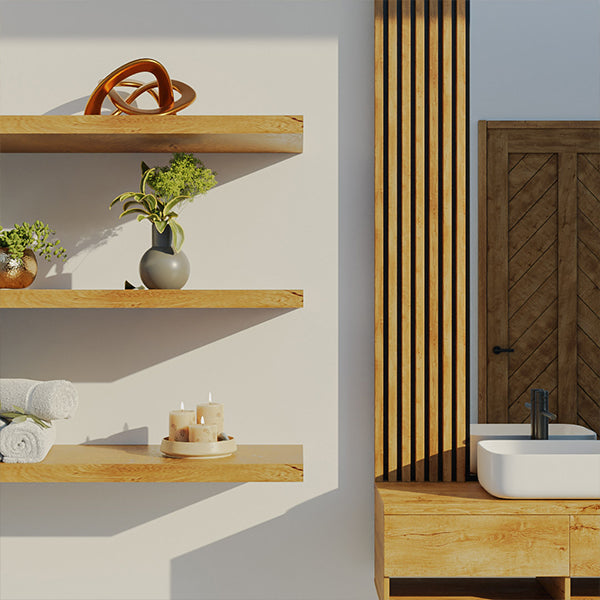


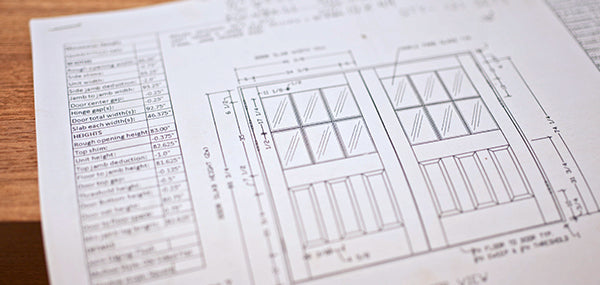
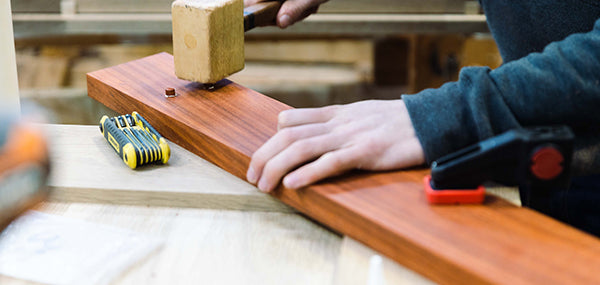

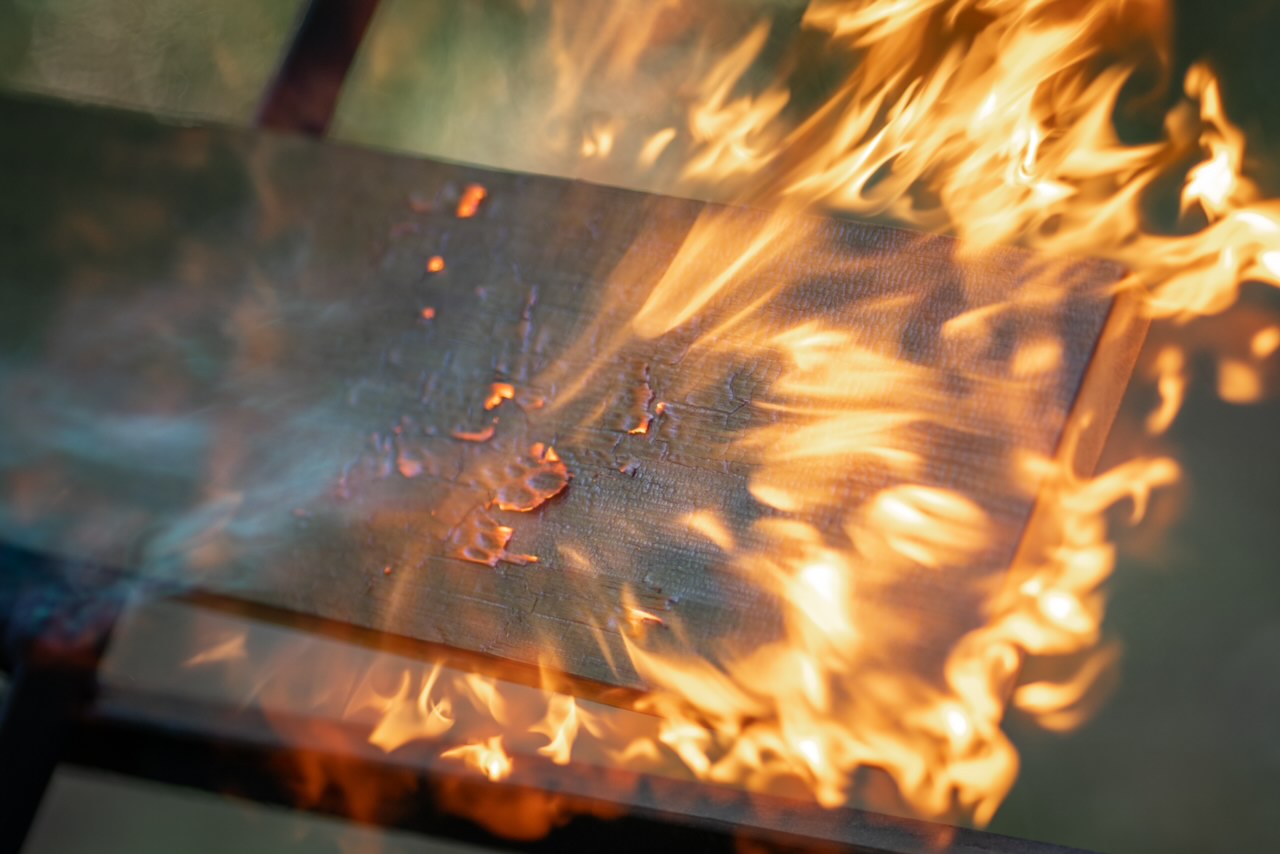
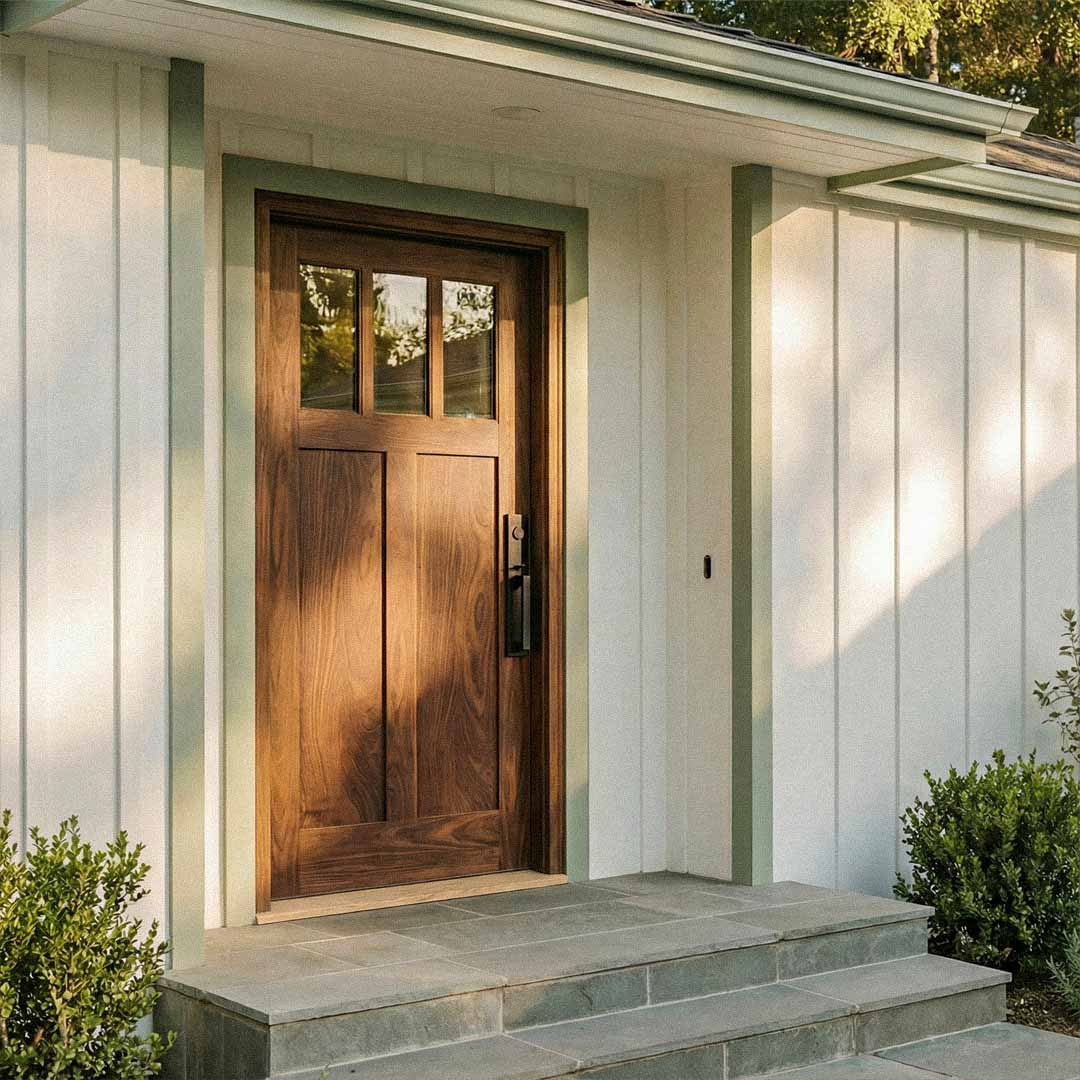
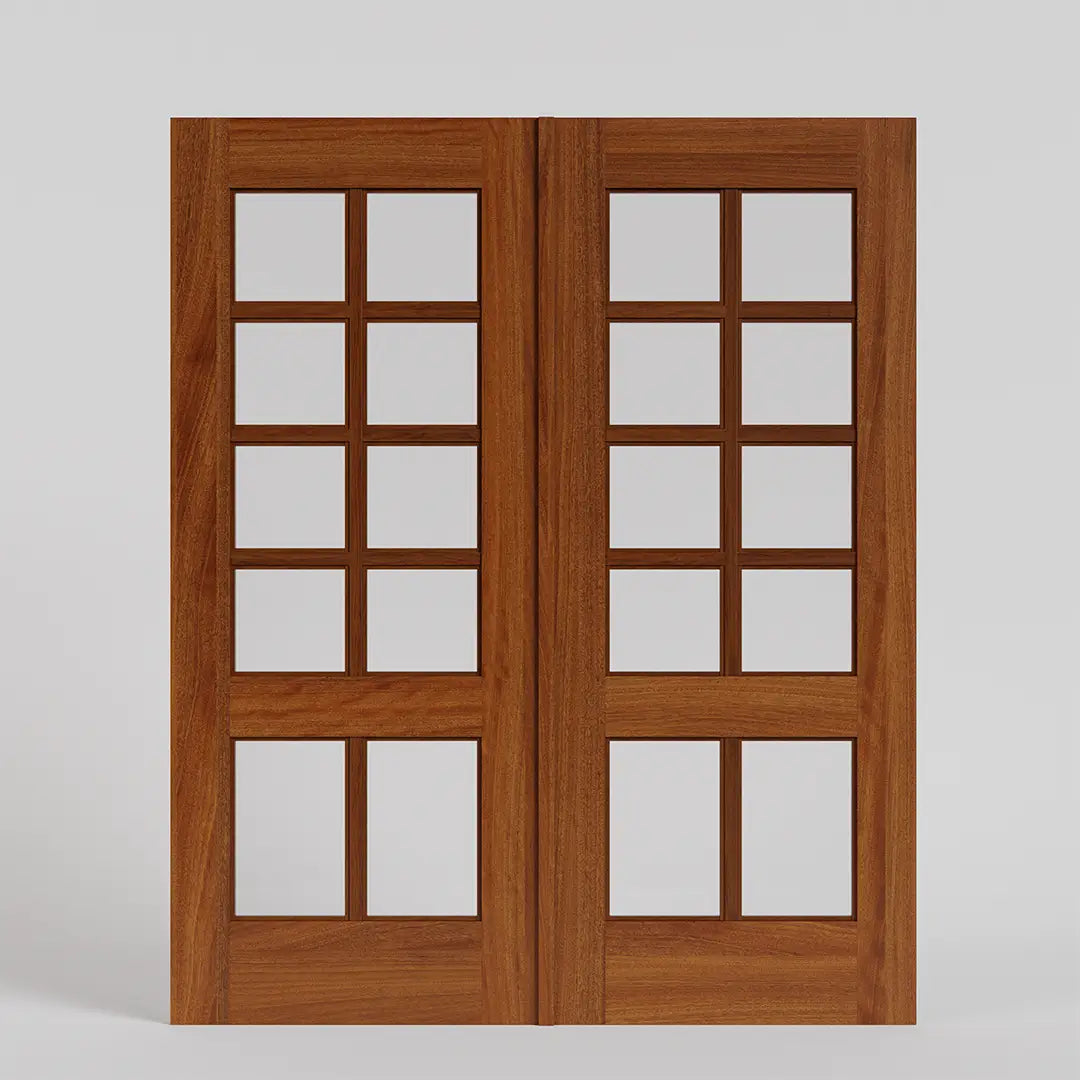
Leave a comment (all fields required)